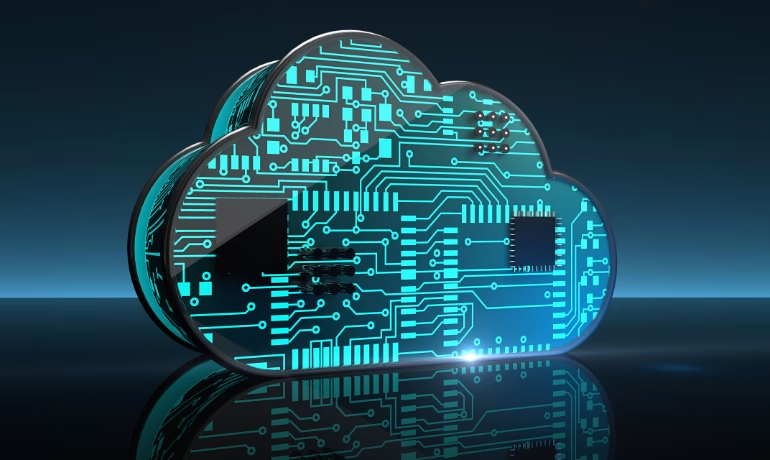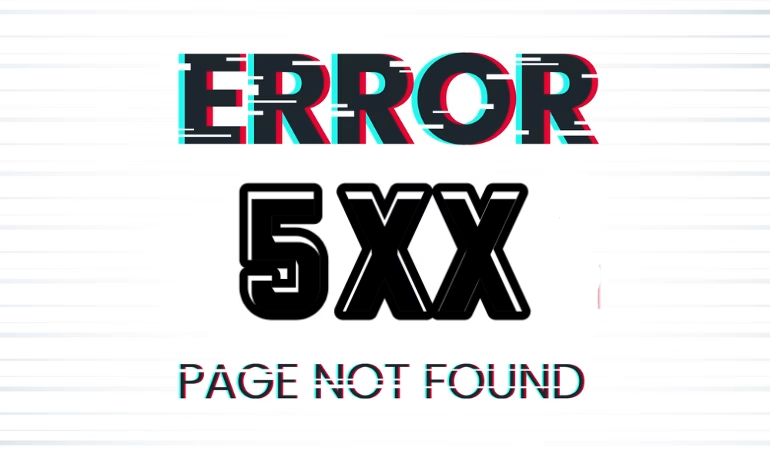If you’ve been online for a while, you already know — websites don’t stay simple anymore.
They’ve become heavier, faster, and more demanding.
And every year, the cloud keeps changing how it all runs.
2025 is no different.
The way businesses host their websites now looks nothing like it did five years ago.
Servers are smarter. Systems talk to each other. Everything’s quicker.
I’ve seen a lot of businesses here in Pakistan move their sites to ChromeIS cloud hosting, and honestly, it makes sense.
The old ways just don’t cut it anymore.
You used to rent a server, upload your files, and forget about it.
That’s gone.
Now, people expect sites to load instantly — even during sales or traffic spikes.
That’s where cloud hosting changed the game.
Instead of one machine sitting somewhere far away, your data lives in multiple places.
If one server slows, another picks it up.
No downtime. No panic.
That’s what they call multi-cloud hosting, and yeah — it’s kind of the future now.
ChromeIS already works that way.
They’ve built systems that spread traffic across different locations, so your site keeps running no matter what happens.
The biggest thing now? Speed.
No one waits for a slow website.
Even two seconds feels long.
So hosting companies are moving closer to users — something called edge hosting.
It means your data isn’t in some faraway country.
If someone opens your site from Karachi, it loads from Karachi.
Simple. Fast.

That’s what ChromeIS is doing — adding these small “edge points” around regions to keep websites quick everywhere.
And security — don’t even get me started.
Hackers don’t care how small your business is.
If you’ve got data, they’ll try to get it.
That’s why modern cloud hosting has built-in protection.
No one adds security later anymore.
It’s already part of the package.
ChromeIS uses firewalls, encryption, DDoS protection, and automatic backups.
You don’t have to touch anything — it just runs quietly in the background.
It feels good knowing your site’s safe even while you sleep.
Money’s another thing.
Back in the day, you’d buy a full server package even if you only used half of it.
Now it’s all pay as you go.
You use more, you pay more. You use less, you save.
Fair.
That’s one reason startups and agencies here like ChromeIS — they can scale without wasting money.
It grows when they grow.
Oh, and AI.
Can’t skip that.
It’s running everything behind the scenes — from load balancing to fixing bugs before you notice.
It’s wild, but it’s true.
Most modern cloud setups, including ChromeIS, have AI tools watching performance and adjusting things on the fly.
So if your site suddenly gets a traffic surge, it doesn’t crash.
It adapts.
Something else that’s happening — local data centers.
More businesses want their info stored closer to home.
It’s faster, safer, and fits better with privacy laws.
ChromeIS already hosts servers across multiple regions, including Pakistan.
That local touch really helps — especially for eCommerce sites where a second of delay means lost sales.
So yeah, 2025 isn’t just about “having hosting.”
It’s about how smart your setup is.
The cloud keeps changing, and the businesses that move with it are the ones that win.
ChromeIS Cloud Hosting gives that balance — speed, safety, and support that doesn’t disappear after signup.
You don’t need to be an expert; you just need hosting that knows what it’s doing.
And that’s what works now.
Similar Post
Cloudflare’s Collapse Exposes a Deeply Fragile Internet
What happened today wasn’t just another outage. It felt
Auto-Scaling for Traffic Spikes: Keeping Your Store Calm When Everyone Shows Up
You spend weeks planning your big sale. Ads are



